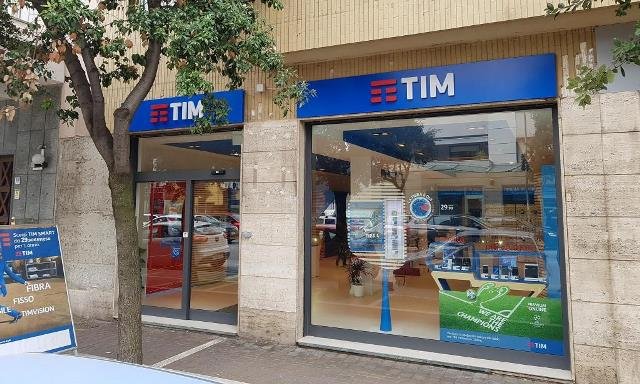TIM CEO Amos Genish has revealed the telecom operator’s 5G network and investment plans in Italy.
 TIM, the leading telecom operator in Italy, has bagged 3700 MHz band frequencies with an investment of 1,694 million euros, during the 5G spectrum auction.
TIM, the leading telecom operator in Italy, has bagged 3700 MHz band frequencies with an investment of 1,694 million euros, during the 5G spectrum auction.
TIM has bagged 5G frequencies for an 80MHz block of 3700 MHz for 1,694 million euros and a 200MHz block of 26 GHz for 33 million euros.
In addition to the two blocks of 700 MHz, TIM’s total investment in the 5G spectrum auction will be 2,407 million euros.
“The switch on of the antenna in Bari certifies TIM’s technological primacy in 5G space in Italy,” Amos Genish said.
Investment in 5G network is an important part of the TIM strategy for sprucing up revenue in Italy. TIM’s telecom business in Italy has posted 7.454 billion euros in revenue in the first half of 2018 against 7.494 billion euros in the same period 2017.
TIM 5G will be focusing on both consumer and business customers. Consumer business of TIM’s telecom business in Italy has reported 3.753 billion euros in revenue, while 2.333 billion euros came from business customers and 860 million euros from wholesale business in Italy.
TIM 5G plans
TIM (Telecom Italia) will use 3700 MHz and 26 GHz to leverage the testing already underway in Turin, Bari and Matera and in the Republic of San Marino.
TIM has started to implement services for the Smart City targeting public security, transport, environmental monitoring, healthcare, tourism and culture, in San Marino.
The 3700 MHz band, already used for the tests launched at the start of the year, is available immediately.
TIM will use 26 GHz millimetre wave band, which will be available from 2019, to conduct road test for the first 5G services.
TIM will use the 700 MHz frequencies, available from 2022, to strengthen UBB coverage, including in indoor areas, with the implementation of 5G technology.
TIM said its 4G mobile broadband coverage reached over 98 percent of the population in Italy and fixed broadband reached 80 percent of homes via FTTC and FTTH technology.
Baburajan K





